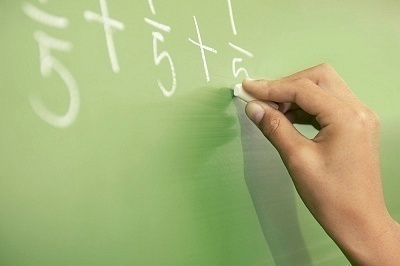How to Add Fractions
The ability to add fractions is a skill that many learn in elementary school and by the time they graduate from high school, seem to have forgotten because it is a skill used so sparsely. However, a quick mind refresh of the steps reveals that adding fractions is a straight forward process that requires three very basic steps. These steps, when combined with an understanding of what a fraction is makes solving addition of fractions very simple.
To begin with, a fraction is a part of a whole. For example, if a fraction says 2/3, that means that two out of three pieces of a whole is occupied. If someone said that the cup was 2/3 full with water, that means that there is still an available 1/3 of space remaining. However, what happens when someone poses the hypothetical question: There were 1/4 of the seats sold before the show and 5/8 of the seats sold at the door, what is the total number of seats sold? How does one solve that?
How to Add Fractions?
Adding fractions requires, as mentioned previously, three basic steps:
- Have the denominators be the same thing.
- Add the numerators. Put that answer over the denominator.
- Simplify if it is necessary.
For example, if you had the question:
1/4 + 2/4 = ?
You would take the denominator and determine that it is the same. Therefore, you take the numerators and add them together. This results in a 3/4 answer. 1/4 + 2/4 is equal to 3/4.
However, what happens when the example is more complex such as the one above:
1/4 + 5/8 = ?
To solve this, one has to first convert the 1/4 into a form that is synonymous with the 5/8. To do this, you notice that 8 is the product of 4×2. Therefore, you multiply the 4 by 2 to get 8 and then whenever you do something to the denominator, you must do the same thing to the numerator. Therefore, that means you now have 2/8. The equation now looks like this:
2/8 + 5/8 = 7/8
In other words, for this problem there were 7/8 of the seats sold which means that there were 1/8 of the seats remaining. The three basic rules for adding fractions are to make sure the denominators match, if not make them match by finding the lowest common denominator, then multiply the top by whatever you multiplied the bottom and then add across the top. The answer will always come out right if these steps are followed.


Comments - No Responses to “How to Add Fractions”
Sorry but comments are closed at this time.